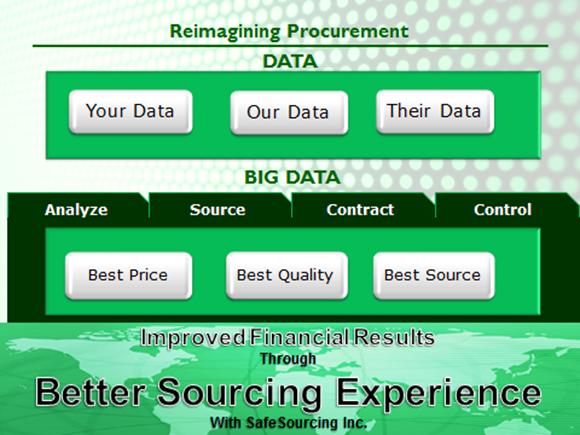After many quarters of vendor price increases, we are observing a shift. Are You?
Today’s post is by Dave Wenig, Senior Vice President of Sales, and Services at SafeSourcing Inc
For too long now, we have been experiencing a seller’s market and many organizations’ buyers have had to suffer through price increase after price increase. At SafeSourcing, we have talked with buyers that have reported continuous price increases every month and year-over-year price increases that add up to paying nearly 100% more from one year to the next for the same products.
The question is then is – when will this situation change?
We are noticing that a change is already taking place. The list of categories below is just a sample of the categories that we have sourced for our customers recently. What is interesting about this sample is that the average savings for the categories listed here is over 33%.
- Windows and Doors – 14% savings
- Labels – 32% savings
- Towels and Wipes – 64% savings
- Appliances – 16%
- Cappuccino, Tea, and Hot Chocolate – 27% savings
- Concrete and Pump Cleaner – 64% savings
- Hot Dogs – 24% reduction
- Cigarette racks – 27% reduction
- Napkins – 56% reduction plus an increase in quality
- Refrigeration equipment – 31% reduction
- Creamer etc. – 20% reduction
- Waste removal – 24% reduction
Another signal of a change in the markets is that we have seen an increase in the number of vendor participants in RFQs. That increase directly corresponds to a decrease in the number of vendors that are declining citing challenges such as capacity limitations.
For those that are watching closely, the opportunity to claw back against the recent price increases is right in front of you. For those that listen to your vendors, expect the price increases to continue.
For more information, please contact SafeSourcing.


